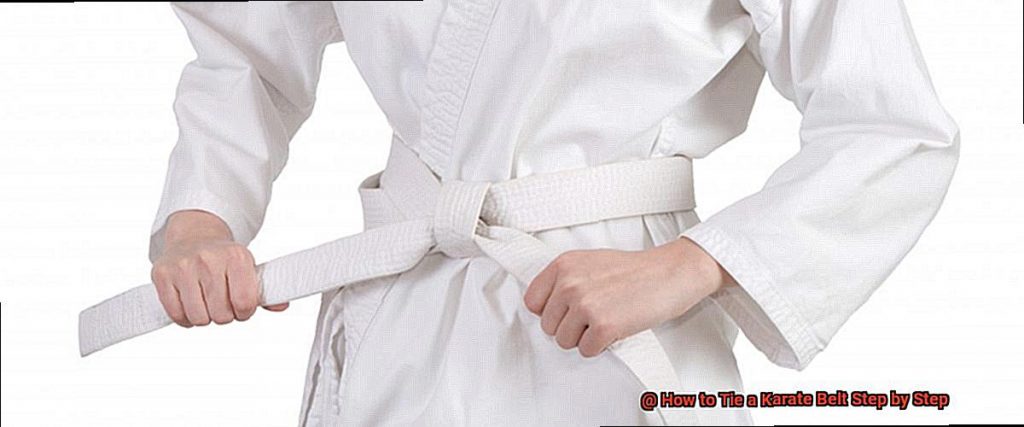Karate is more than just a physical activity.
It’s a discipline that promotes mental and emotional growth, as well as physical fitness. And one of the most crucial aspects of karate is tying your belt.
Your karate belt represents your progress, dedication, and proficiency in the art form. But let’s face it – tying a karate belt can be tricky.
Have you ever found yourself struggling to keep your belt in place during training sessions or frustrated with knots that won’t stay tight? If so, don’t worry – we’ve got you covered.
In this blog post, we’ll walk you through the step-by-step process of tying your karate belt correctly. We’ll cover everything from selecting the right size of belt to positioning it correctly on your waist, folding it neatly, tying the knot securely, and adjusting its tightness as you progress through the ranks.
We understand that tying your karate belt can sometimes feel like a chore, but it doesn’t have to be that way. Our tips and tricks will help make this simple task an enjoyable part of your karate journey.
So let’s get started now.
Step-by-Step Guide on How to Tie a Karate Belt
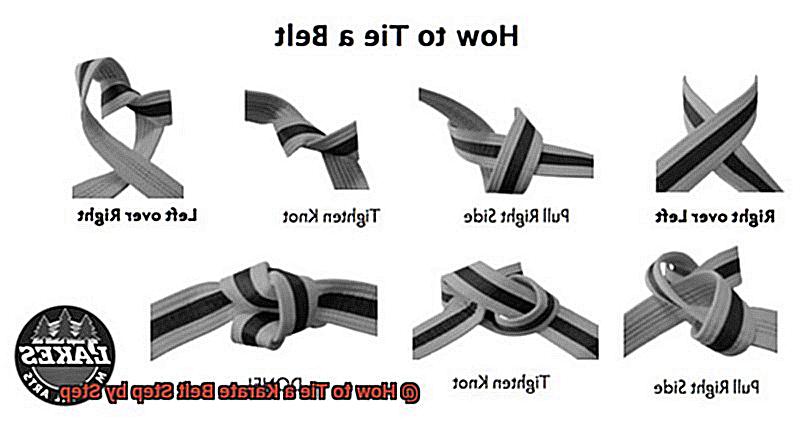
Tying a karate belt is not only an essential part of martial arts training but also symbolizes respect for the art.
Though it may seem intimidating at first, with practice, it will become a breeze. Firstly, make sure you have the right-sized belt, approximately 2.5 meters or 8 feet long.
Hold the center of the belt against your belly button with the ends hanging down equally on either side. This will ensure a comfortable fit and keep the belt in place during intense training.
Next, wrap the ends of the belt around your waist so that they cross over each other in the back, while keeping the center of the belt against your belly button. This ensures that your belt stays aligned and centered throughout your training.
To create a loop on your right side, take the end of the belt that is now on your left side across your body to the right side and tuck it under both layers of the belt in the back. Now, take the end of the belt that is on your right side and bring it over the loop you just created.
Thread it under both layers of the belt in front, then pull it through the loop on your left side. This creates a tight knot that will hold your belt in place during training.
Gently pull both ends of the belt to tighten it around your waist. Remember not to pull it too tight, allowing for comfortable movement during training sessions.
Finally, adjust both ends of the belt so that they are even in length, with one hanging down slightly longer than the other. This longer end can be tucked behind the shorter end or left hanging down as a reminder of humility and respect for martial arts’ philosophies.
Tying a karate belt may seem like a small detail, but it is an essential part of martial arts training. With regular practice and patience, you will soon master the art of tying your karate belt effortlessly.
Remember to show respect for your martial arts training and traditions by tying your karate belt correctly every time.
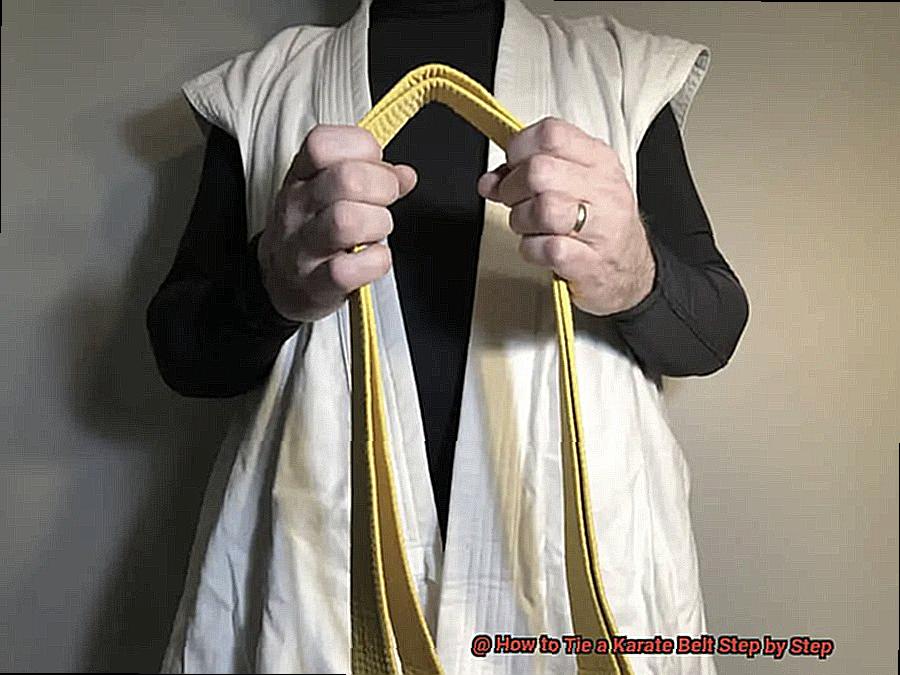
Tips for Tying a Karate Belt Correctly
Karate is a martial art that has been popularized all over the world. It is not just about kicking and punching; it’s also about discipline, respect, and etiquette. One of the essential aspects of karate is tying the belt correctly.
It may seem like a small detail, but it’s an essential part of martial arts training. Here are five tips for tying a karate belt correctly.
Choose the Right Size Belt
The first step in tying a karate belt correctly is to make sure you have the right size belt. A belt that’s too short will make it hard to tie a proper knot, while a belt that’s too long will have excess fabric that can get in the way during training.
The right size belt will be comfortable and allow you to tie a secure knot. To determine the correct length, place the center of the belt on your belly button and wrap the ends around your waist. The ends should meet at your belly button with enough length left over to tie a knot.
Etiquette Matters: Label Placement
When you tie your karate belt, make sure that the label is facing outward. This is an essential part of etiquette in martial arts, as the label should be visible to your instructor and fellow students as a sign of respect.
So, take a moment to check the placement of your label before you start tying your belt.
Tying a Tight and Secure Knot
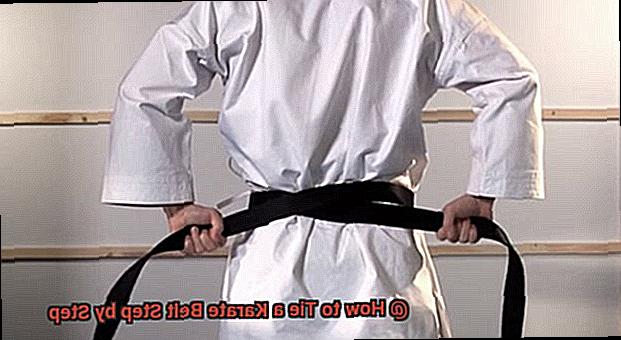
A loose knot can cause your belt to come undone during training or competition, which can be distracting and potentially dangerous. So, it’s important to tie a tight and secure knot when tying your karate belt.
Start by crossing the ends of the belt behind your back and bringing them around to the front. Tie a knot by placing one end over the other and then tucking it under and pulling tight.
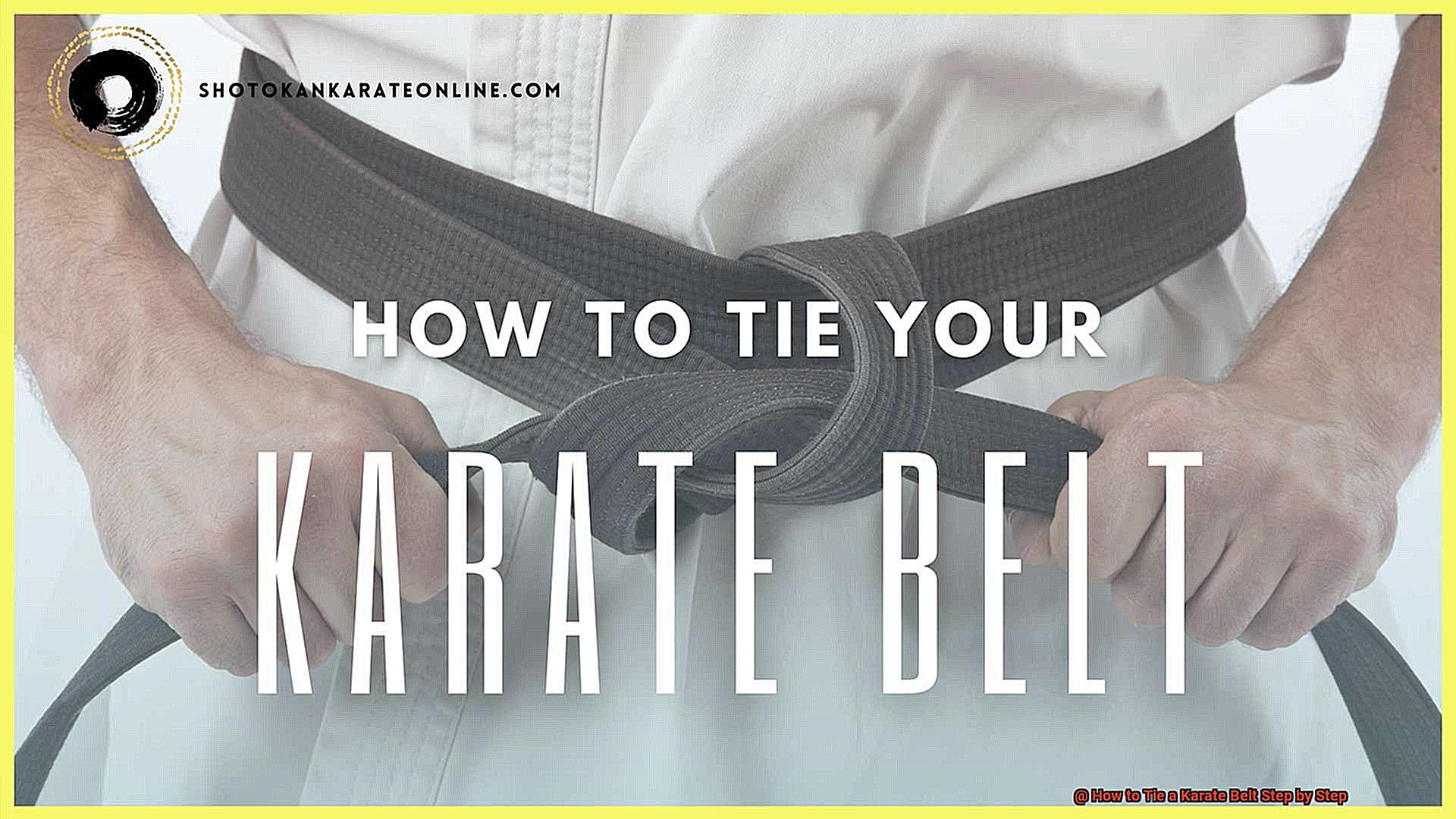
Repeat this process with the other end of the belt. Make sure that the knot is snug but not too tight, allowing for comfortable movement during training or competition.
Practice Makes Perfect
Like any skill, tying a karate belt takes practice. Don’t be discouraged if you don’t get it right the first time – keep practicing. Try tying your belt at home before and after training sessions until it becomes second nature.
With regular practice, you’ll be able to tie your belt quickly and efficiently, allowing you to focus on your training and progress in martial arts.
Even Ends for a Neat Appearance
The last tip for tying a karate belt correctly is to ensure that the ends of your belt are even. Uneven ends can be distracting and may get in the way during training. You can adjust the length of each end by pulling on them until they are even. Once you’re happy with the length, tuck each end under both layers of the belt to secure them in place. Take a moment to adjust the knot as necessary to ensure that it’s centered and even.
The Benefits of Learning How to Tie a Karate Belt
When it comes to martial arts training, even the smallest details can have significant benefits.
One such detail is learning how to tie a karate belt. Not only is it essential for practical reasons, but it also provides a range of benefits for those who practice martial arts.
First and foremost, learning how to tie a karate belt teaches discipline and respect for the martial arts tradition. In many dojos, students are required to bow before and after tying their belts as a sign of respect for their instructors, their fellow students, and the art itself.
This practice instills important values that go beyond just tying a piece of cloth around your waist.
Another key benefit of mastering this skill is building confidence and self-esteem.
As students progress through the ranks and earn different colored belts that signify their level of proficiency, they feel a sense of pride in their accomplishments. Knowing that you’ve earned your belt by mastering your martial arts skills can be a great confidence booster.
Tying a karate belt also helps to develop physical coordination and dexterity. The process requires precise movements and fine motor skills, which can be challenging for beginners.
But with practice, students can improve their coordination and dexterity, leading to benefits not only in martial arts but also in other areas of life where hand-eye coordination is important. Finally, learning how to tie a karate belt can improve focus and concentration.
This is because martial arts require mental focus and discipline, and this small task can help train your mind to concentrate on the task at hand and block out distractions. This skill translates into improved performance not only in martial arts but also in other areas of life where focus and concentration are essential.
Common Mistakes When Tying a Karate Belt
Tying a karate belt may seem like a simple task, but it holds great significance in the martial arts world.
It symbolizes discipline, respect, and confidence, and mastering this skill is essential for any practitioner. However, many beginners make common mistakes when tying their karate belts that can affect their performance during training or competition.
One of the most common mistakes is tying the belt too loosely. A loose belt can come undone during training, causing distractions and embarrassment.
Make sure to tie your belt tightly enough to stay in place but not so tight that it restricts your movement or breathing. Another mistake is tying the belt off-center.
The center of the belt should be aligned with the front of your body, with equal lengths on either side. Tying the belt off-center can affect the balance of your uniform and make it harder to perform certain moves.
Not tightening the knot enough is another mistake that some people make. A loose knot can come undone during training or competition, leading to frustration and distraction.
Take the time to ensure that the knot is secure and won’t come loose. Lastly, some people tie their belt too high or too low on their waist.
The correct placement of the belt is at your natural waistline, providing optimal support for your spine and allowing for proper movement during training. By avoiding these common mistakes, you can ensure that your karate uniform looks neat and professional while allowing you to perform at your best during training and competition.
Remember, mastering the art of tying your karate belt is not only important for physical performance but also for developing discipline, respect, and confidence within yourself as a warrior.
Different Types of Karate Belts and Their Uses
Karate is an art that teaches discipline, respect, and personal growth.
It’s a journey that requires dedication, hard work, and perseverance. One of the ways to track your progress in this journey is through the different types of karate belts.
Here, we’ll explore the different types of karate belts and their uses. The white belt is the beginner level belt in karate.
It symbolizes purity and innocence and represents a new beginning in your journey of karate. As you progress in your training, you will earn higher ranks and change belt colors.
The yellow belt represents the first step towards mastering the basics of karate. It symbolizes the sun rising and the beginning of a new day.
The orange belt represents the fire within you as you develop strength and power in your techniques. The green belt represents growth and development, indicating that you are starting to master basic techniques and are ready to move on to more advanced ones.
The blue belt symbolizes the sky, which is limitless. It signifies that there is no limit to what you can achieve in karate if you put in the effort.
The purple belt represents wisdom and knowledge, indicating that you have gained a deeper understanding of karate techniques and principles. The brown belt represents maturity and stability, indicating that you are getting closer to achieving mastery in karate.
Finally, the black belt is the ultimate goal for many karate practitioners. It represents mastery, excellence, and complete understanding of all karate techniques and principles.
It’s earned after years of dedicated practice, hard work, and perseverance. It’s worth noting that some schools have added additional colors or stripes to represent intermediate levels between each of these ranks.
Regardless of the specific colors used, each type of karate belt represents a significant milestone in a practitioner’s journey towards mastery. In conclusion, the different types of karate belts represent not only your rank but also your growth, development, and understanding of karate techniques and principles.
Each belt color has its own meaning and significance, making karate a journey of self-improvement and personal growth.
iLIHTvT0ghA” >
Conclusion
In conclusion, tying a karate belt may seem like a simple task, but it holds great significance in the world of martial arts.
It symbolizes discipline, respect, and confidence, which are all essential qualities for any practitioner to possess. By mastering this skill, you can become a more well-rounded martial artist.
The step-by-step guide outlined in this article provides valuable tips and tricks to make the process of tying your karate belt easy and enjoyable. From choosing the right-sized belt to adjusting its tightness as you progress through the ranks, each step is crucial to follow.
Additionally, etiquettes such as label placement and bowing before and after tying your belt show respect for the art. Learning how to tie a karate belt has numerous benefits that go beyond practical reasons.
It teaches discipline and respect for martial arts tradition while building confidence, physical coordination, dexterity, focus, and concentration. To ensure that your uniform looks neat and professional while allowing you to perform at your best during training or competition, it’s important to avoid common mistakes such as tying the belt too loosely or off-center.
Karate is more than just a physical activity; it’s a journey of self-improvement and personal growth that requires dedication, hard work, perseverance towards excellence.

